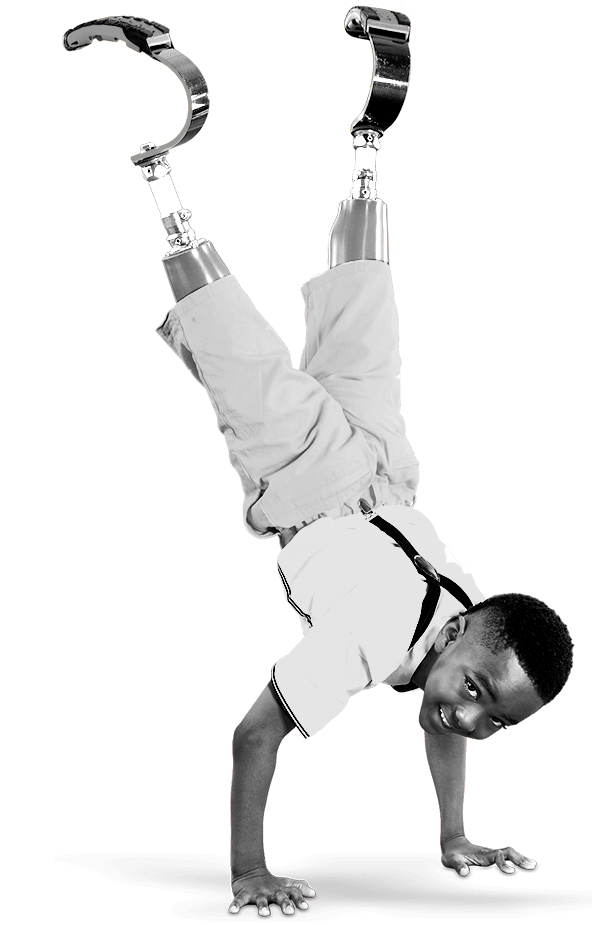
Oct 03, 2018 / General News
Rite Up Cover Story: The Sky is the Limit
IF YOU ARE READING THESE WORDS WITH EASE, you likely acquired the skill shortly after mastering the alphabet. But what if you lacked the ability to match the proper sounds to the corresponding letters? What if that didn’t come to you naturally? Imagine, sitting at a desk in silent dread as your peers are called upon to read aloud. You stare at the page before you, trying desperately to decode it. Then, it’s your turn. You struggle to voice the words and suddenly, all eyes are on you.
That feeling was all too familiar for McKinleigh, age 12, of Arlington. The difficulty she faced didn’t catch her entirely by surprise, however. Her older brothers, Garrison and Garrett, had undergone testing for the same challenges. At age 5, she couldn’t read words but she could read the signs that told her, like them, she had dyslexia.
“It felt like everybody else could read and I just couldn’t,” McKinleigh explains.
“I was scared of what people would think of me.”
In 1965, pioneering neurologist Lucius “Luke” Waites, Jr., M.D., came to Scottish Rite Hospital to improve the lives of children like McKinleigh. At the time, the field of dyslexia was often misunderstood and discredited. Undaunted, Waites hosted a meeting of the World Federation of Neurology in 1968. At that meeting, the first consensus definition of dyslexia was formed, recognizing it as a medical condition.
This year, the Luke Waites Center for Dyslexia and Learning Disorders marks the 50th anniversary of hosting that momentous meeting. Scottish Rite Hospital continues to be an internationally recognized leader in the field, advancing teaching methods and conducting leading-edge research. We want the world of reading to be an open book for children because from there — the sky is the limit
“Children with this condition go to school expecting to be successful, just like they have been when learning to speak, play and interact with others,” explains Gladys Kolenovsky, administrative director of the Luke Waites Center. “When reading comes easily to other kids but not to them, it often leads to a sense of anxiety and failure.”
Dyslexia, which affects roughly 10 percent of children in the U.S., is characterized as a language-based problem connecting speech sounds to the letters of the alphabet. Children with the condition have difficulty learning to read and spell. As a result, comprehension of written material can also be challenging.
“It is not a vision or intellect problem,” Kolenovsky says. “Children who have
this condition are bright, talented and often gifted.”
In some cases, like McKinleigh’s, genetics can play a role. A child with a parent or sibling who has the learning disorder has a 30 to 50 percent chance of being born with it. “Our nieces and nephews started getting diagnosed with dyslexia,” McKinleigh’s mom, Deborah, recalls. Concerned about her own children, she received a referral to the hospital’s Luke Waites Center. Ultimately, all three children were found to have the condition as well.
Fortunately, their family was at the place where dyslexia was originally defined, a place that has remained at the forefront of dyslexia care and management at a national and international level —Scottish Rite Hospital.
“We are the experts and we share our knowledge,” Kolenovsky explains,
“whether it’s through training educators to employ our techniques,
developing specialized curriculum programs or advancing research.”
One of the most influential ways that knowledge is imparted is through the center’s two-year therapist training program, which focuses on the application of a specialized curriculum. Jeffrey Black, M.D., who has been the medical director of the Luke Waites Center since 1990, has expanded the center’s research program. This led to the production of Take Flight: A Comprehensive Intervention for Students with Dyslexia, the hospital’s award-winning curriculum.
The enormous success of this program is reflected in the use of Take Flight at educator training centers throughout the U.S., each of which has at least one instructor trained at the hospital’s Luke Waiter Center. (See the graphic below.)
“We continue to be leaders in dyslexia intervention, helping improve the quality of services children receive in their schools,” says Black. “Through our training in dyslexia identification and the application of our curriculum, our center has had a broad influence across the country and on a global scale.”
The team is also pioneering approaches to identify the condition in children as young as kindergarten and first grade. In addition, the staff has partnered with The University of Texas at Dallas to develop an innovative technology that will reduce teacher training-time.
Fifty years later, the center continues to lead the dyslexia field with the pioneering spirit upon which it was founded.
“Once the barrier of not being able to read is removed, a child’s gifts and abilities can be revealed and then, the sky truly is the limit,” Kolenovsky says.
McKinleigh’s mother agrees. “To have children who didn’t think they could ever read, who felt like they didn’t fit in and now have great plans for their future, it’s priceless,” says Deborah of her family’s hospital experience.
Like her brothers before her, McKinleigh recently graduated from Scottish Rite Hospital’s Take Flight program. Her future plans are to be a marine and a doctor. She loves God, her family, horses and now, reading — especially in class.



